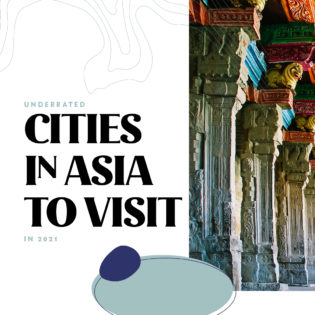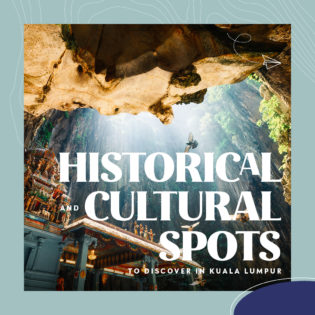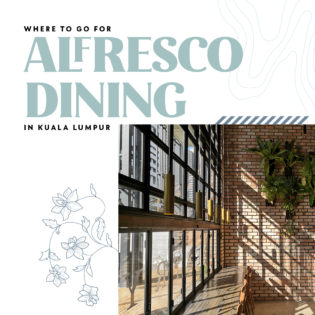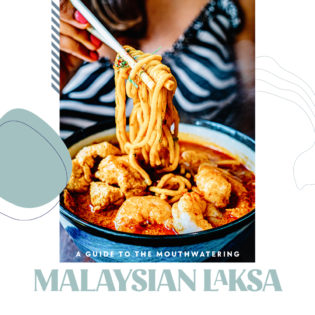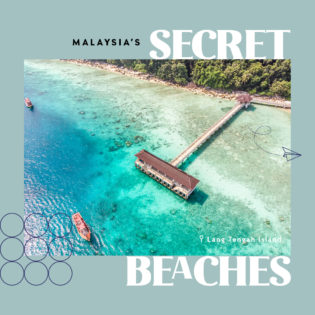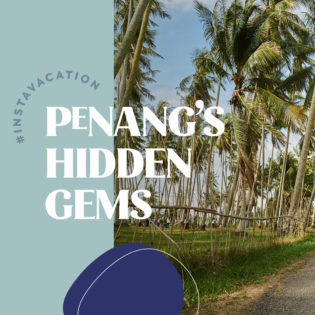Commercialising essential oils harvested from the Sarawak rainforest to empower indigenous communities.
Photography courtesy of Sarawak Biodiversity Centre

The sun was low in the sky and the rainforest was growing dark as Margarita Naming and her team from the Sarawak Biodiversity Centre (SBC) trudged back to the village. Suddenly, a zesty scent filled the air.
To many Malaysians, a sudden sultry scent in the jungle is a signal to hurry away without looking back. But to Margarita’s team, it was cause to stop to take a closer look – their exhaustion immediately forgotten, their senses awakened and their curiosity piqued.
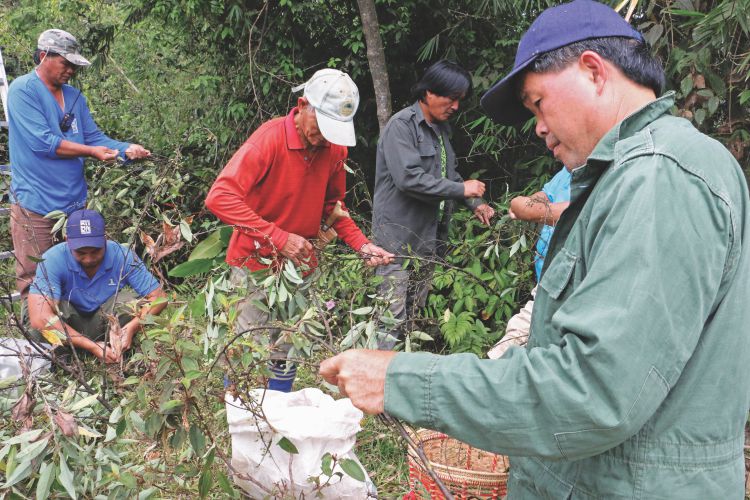
The invigorating scent, reminiscent of citronella or lemongrass, was emanating from tiny berry-like fruits being picked by their forest guide and local medicinal plant expert, the late Taie Puret, from a small tree. According to Taie, several ethnic groups in Sarawak such as the Lun Bawang and Bidayuh have, for generations, used these berries as a spicy condiment to eat with rice as well as a natural remedy to ease stomach and back aches. Taie was from the Lun Bawang community.
Excited, the team took several cuttings from the tree, known as tenem to the Lun Bawang and pahkak to the Bidayuh, and brought them back to SBC’s headquarters in Kuching, the capital of Sarawak, for further analysis.
This scent-filled jungle walk had taken place in 2005 as part of SBC’s efforts to document the use of the indigenous plant with a scientific name of Litsea cubeba by the different ethnic groups in Sarawak and to preserve this traditional knowledge.
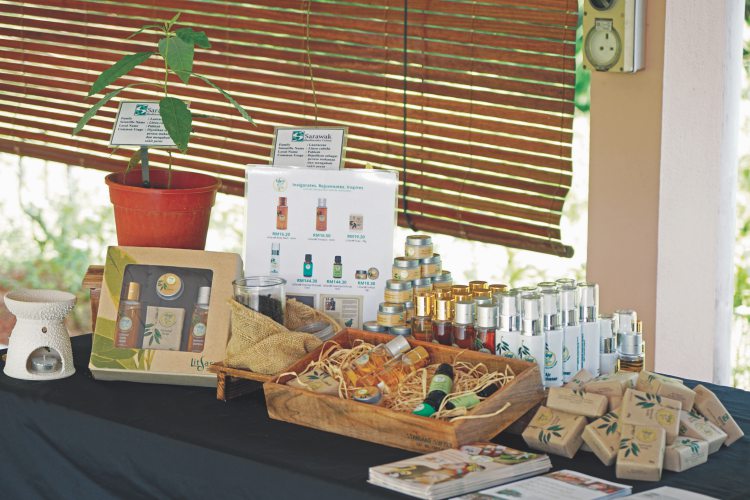
Margarita’s team had visited the mountains of east Sarawak to document the traditional plant use of the Lun Bawang community, a small ethnic group of Sarawak. The Lun Bawang are mountain-dwellers with deep knowledge of the highland rainforests where they have lived for generations.
On that trek guided by Taie and his son Ukong Taie, the team mapped out the indigenous plants commonly used in the villages of Long Telingan and Long Kerebangan, both located over three hours’ away by road from the nearest town. Margarita remembered clambering up and down muddy slopes, walking for hours to search for plants used locally as medicines, food and other purposes. “We kept asking ‘are we there yet?’,” she recalled, laughing.
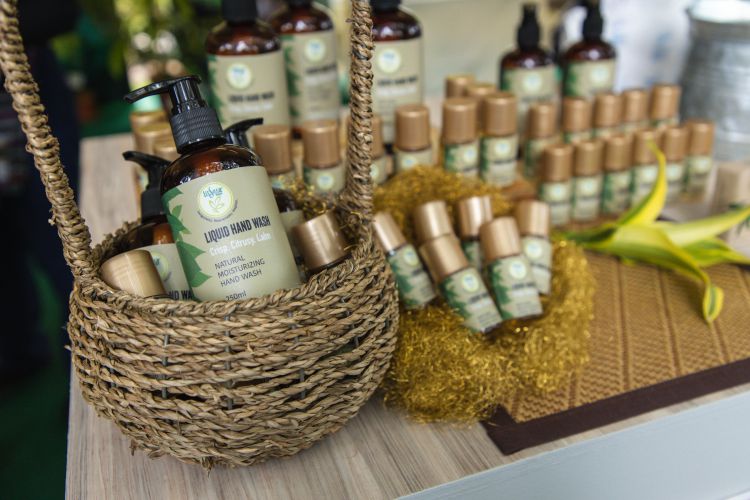
Back in their labs in Kuching, the team set out to analyse the chemistry of the Litsea cubeba berries and other cuttings. To their excitement, they found its oil composition to be markedly different from similar Litsea plants found in the highlands of China and Taiwan, where they are also used for medicinal purposes. This allowed SBC to register the local tree, Litsea Sarawak, as unique to Sarawak for Intellectual Property protection.
The team also found the Sarawak Litsea oil to have anti-microbial properties as effective as tea tree oil, and produced a revitalising, fresh and vibrant scent. These discoveries started them off on a long journey of research and development, which took over 10 years until the Sarawak Litsea oil was turned into delightfully-scented personal care products.
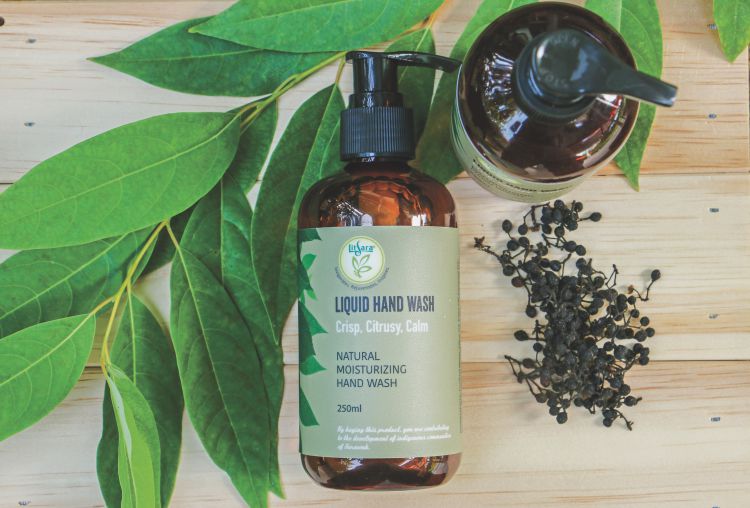
Marketed under the brandname LitSara®, a combination of Litsea and Sarawak, the range includes soaps, body wash, shampoo, handwash, aromatherapy oil, sniff jar and air freshener. Litsea oil is also available as pure essential oils for diffusers, and soon, Litsara-based insect repellent sprays and biodegradable wipes will also be on the shelves.
This essential oil’s journey from jungle to market was remarkable because SBC strove to ensure that all benefits are shared equitably with the local communities. This was in keeping with the global standards set by the 1992 Rio de Janerio Convention on Biological Diversity and the 2010 Nagoya Protocol, an addendum to the Convention, which recognises the right of indigenous communities to manage the biological resources in their area, and to benefit from its commercialisation.
RFP.InFeed.Default.run({“immediately”:true})
“We wanted to ensure that there is community engagement right from the start, to make the local community a part of the decision-making and development process,” said Dr Yeo Tiong Chia, Chief Executive Officer of SBC, adding that the communities receive a share of the benefits, in both monetary and non-monetary terms.
In non-monetary terms, the documentation of the local traditional knowledge with full acknowledgement of its ownership is of great value to the community. Subsequently, any new insights derived from their traditional knowledge are also shared with the community.
In the case of the Litsea essential oils, SBC holds regular workshops to share new information on cultivating and nurturing the Litsea trees. It also holds classes on extracting essential oils from the fruits and leaves, and soap-making sessions to enable the locals to make their own products from the oils.
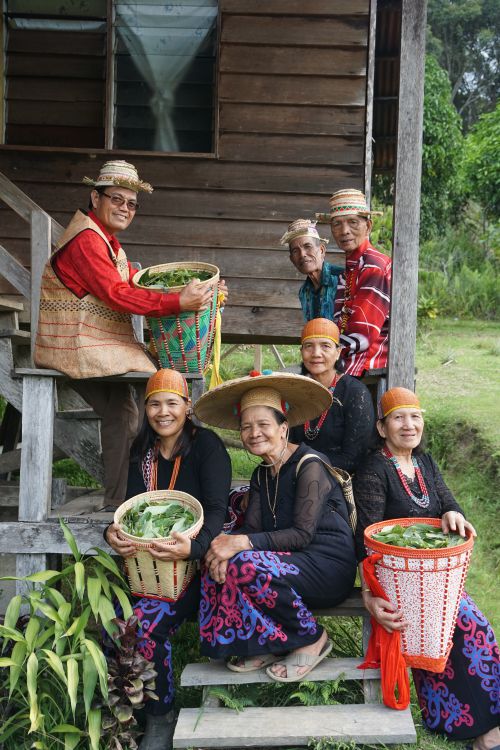 Monetary benefits come into play once the products are commercialised. For the Litsea products, the SBC buys the essential oils produced by the locals at a fair price, and subsequently returns a percentage of the product sales to the community.
Monetary benefits come into play once the products are commercialised. For the Litsea products, the SBC buys the essential oils produced by the locals at a fair price, and subsequently returns a percentage of the product sales to the community.
Today, seven villages are involved in sustainably producing the Litsea essential oil, with a production target of 100 litres a year. Besides the original Lun Bawang villages, the SBC have started working with the Kelabit, Iban and Bidayuh communities once it established that they also use the plant.
The unassuming Litsea cubeba tree – and its heavenly-scented tiny fruits – has earned a place of pride in the ranks of essential oils, having come a long way from that first whiff of its zesty scent in a dank rainforest.


